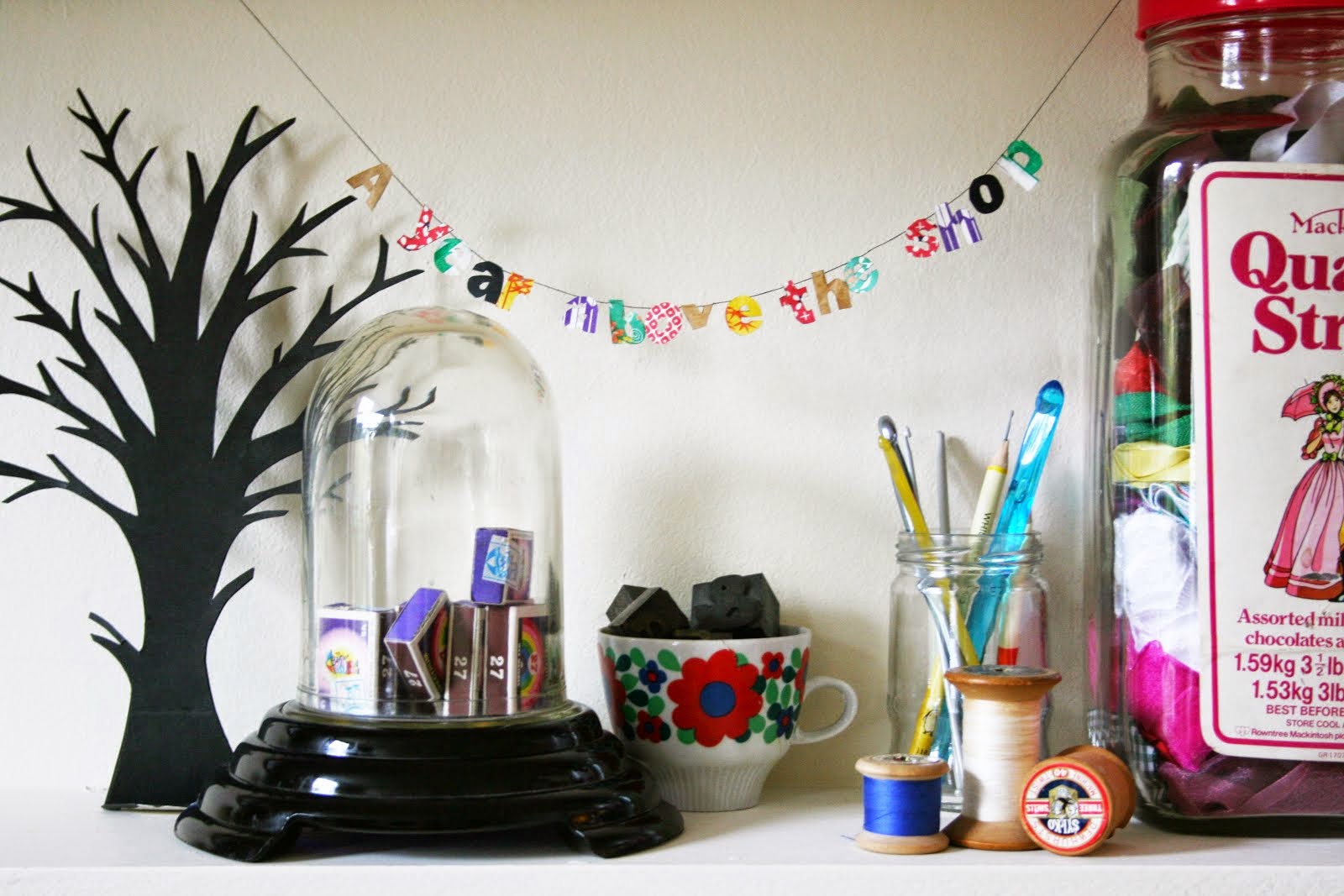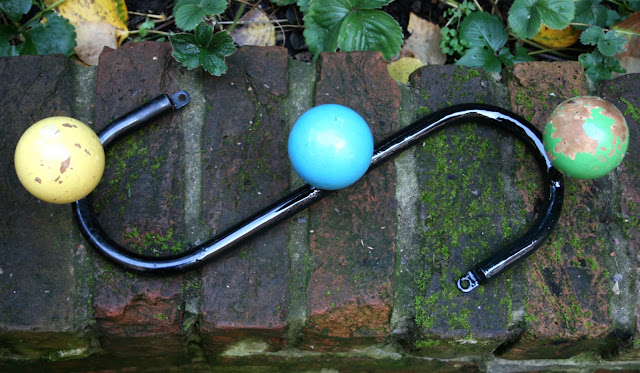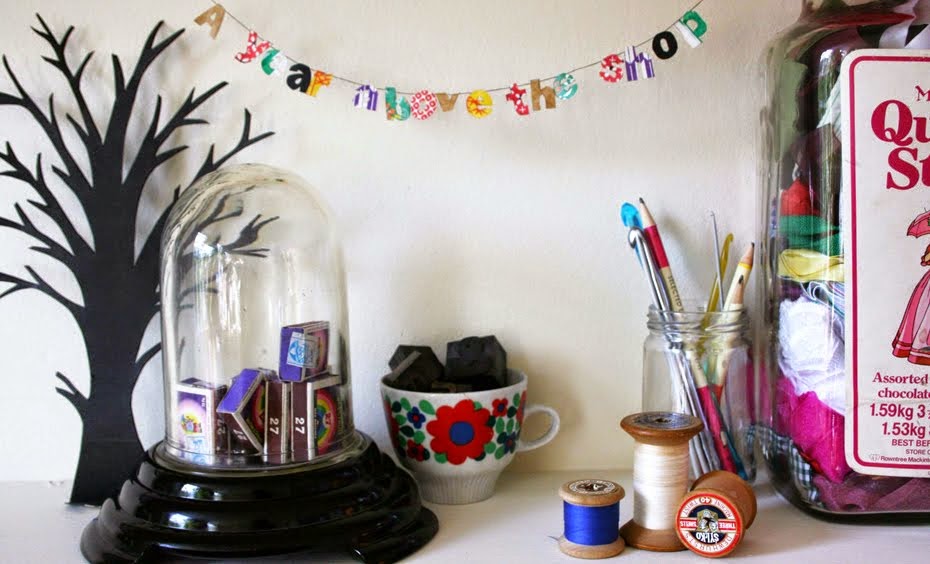Through a strange and very happy set of circumstances I have become the proud owner of an overlocker.
It is the other kind of sewing machine, the one with up to four threads and no bobbin. The devil's work - and a lot of fun.
A whole new avenue of sewing has opened before my very eyes.
Overlockers finish the edges of fabric, trimming as they go. This is especially handy when joining two pieces of fabric as it means you don't get raw edges.
Functionality aside, I really like the overlock stitch and think I will use it decoratively too. In fact, I think I may use this every single day from now on as I love it so much.
To see what it could do I made a few bookmarks. I selected fabric from my stash that had some kind of a narrative:
 |
| The Owl and the Pussycat by Heather Ross for Kokka. |
I noticed that the prints were all very whimsical and children's literature inspired. Wouldn't an adult fiction line be interesting? A deep red Margaret Atwood 100% bamboo sustainable jersey perhaps.  |
| kokka fat quarter from raystitch |
I cut two pieces of fabric about 8x21cm and one piece of fusible interlining about 7x20cm. I sandwiched them together with the interlining in the middle and then pressed. I overlocked all the way round and then attached some ribbon to the top on my old sewing machine with a tight zig zag:
These two below I did on my old sewing machine. The same cutting but I arranged them interlining first, backing piece next (right side up), then top piece on the top (right side down):
I found pressing the top edges over first very helpful. I then stitched quite close to the edge leaving the top open, then clipped the corners near to the stitching, and turned out (with the help of a blunt pencil to get right into the corners). I then slipped a piece of ribbon into the open top slit, then topstitched all round:
 |
| Little Red Riding hood also by kokka |
I made quite a pile of these so they are now the first ever A Year Above the Shop giveaway! If you would like one then just leave a comment below. The first three will get a bookmark.








































